#armenian-iranian
Text

Armenian family from the village of Gharaghan (Ղարաղան) in Markazi, Iran, 1939.
Family archive
#armenian-iranian#armenian diaspora#armenia#armenian#armenian culture#indigenous#west asia#iran#markazi#gharaghan#middle east#indigenous west asian#armenians of iran#armenian history
83 notes
·
View notes
Text
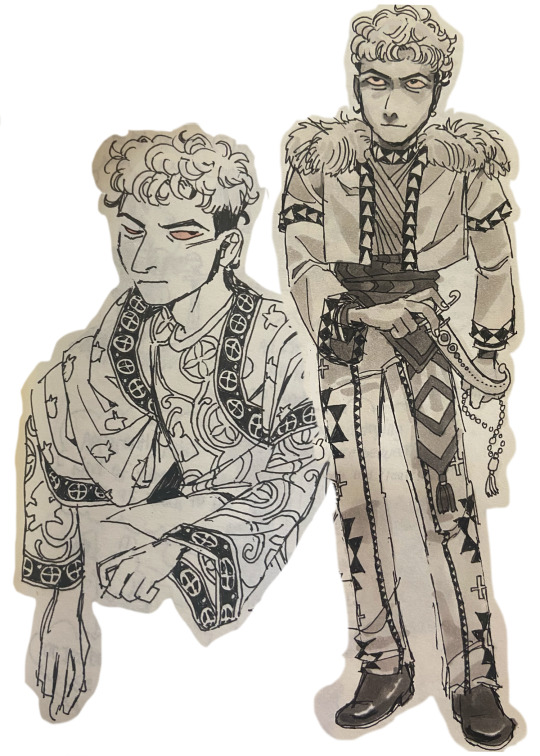

Sketchbook drawings from this winter
#i went to the met and found some fun iranian costume reference#and i hunted down some armenian clothing references on pinterest#i love traditional costumes! I want to look at norwegian ones next
686 notes
·
View notes
Text

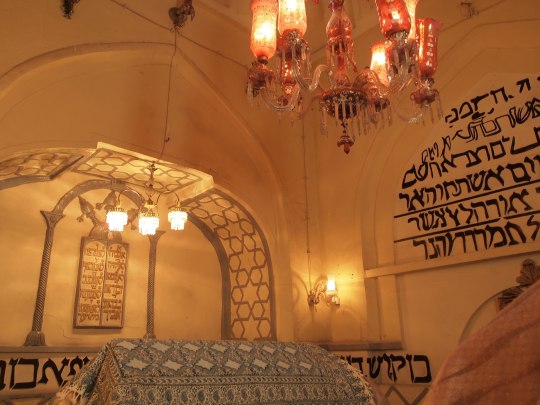

the tomb of esther and mordechai in hamadan, iran. the site is believed by iranian jews and christians to house the bodies of the aformentioned biblical figures, and is an important site of pilgrimage for both. the earliest known account of it was made by the jewish traveller benjamin of tudela in the 11th century.
the interior has been renovated so many times throughout the centuries that the original hebrew inscriptions on the walls have been lost in several paint-overs. what we're left with today is practically gibberish.
#iran#architecture#interior#worship#jewish#mizrahi#persian jews#christian#shared space#my posts#iranian christians = assyrians armenians and recent (mostly persian) converts (though the latter can't be open about it)#also i learned posting this that the book of esther isn't mentioned in the quran. i wonder why
60 notes
·
View notes
Text
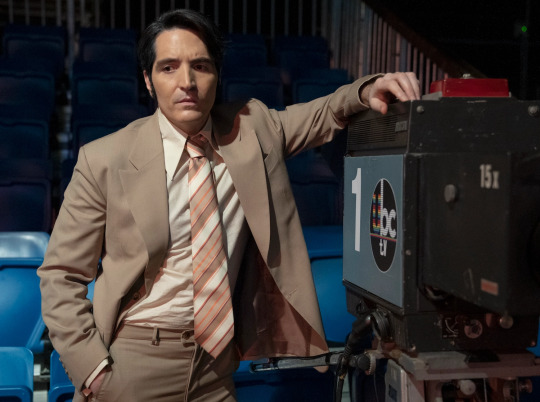
David Dastmalchian in Late Night With The Devil (2023). Dir. Cameron Cairnes & Colin Cairnes
323 notes
·
View notes
Text
Persian-Armenian Potluck
Earlier this October, I helped organize a cultural crossover event between the Persian and Armenian student societies here at UPenn. The event was a potluck where each attendee could bring a dish from their respective culture. It was held on campus, in one of the dormitory lounge spaces. I personally prepared سلاد شیرازی, a salad consisting of diced cucumbers, tomatoes, onions, and herbs, served with olive oil and vinegar as a dressing. This is my favorite salad and a particularly popular one in the Middle East. Some of the Persian dishes and delicacies which made appearances were: تهدیگ, گز ، and عدس پلو. The Armenian dishes included baklava, Armenian bread, and Lamajun— flatbread topped with minced meat and herbs. I was interested to see the overlap between the Persian and Armenian culinary traditions and broader cultures. Like with Persian cuisine, a lot of Armenian food centered around flatbread and meat dishes. There were also many specific foods that were shared between both cultures, including dolmeh and doogh. Some students were of Armenian/Iranian descent, being ethnically Armenian but having family who grew up in Iran. This definitely challenged my perceptions of Iran being relatively culturally homogeneous. I was able to see how there are many different ethnolinguistic groups comprising the vibrant population of the country. One thing I particularly enjoyed about the experience was that I was be able to practice my Farsi skills, especially with my friends from Iran. I also enjoyed the feeling of nostalgia imparted by the familiar tastes and smells of home.
دانيال
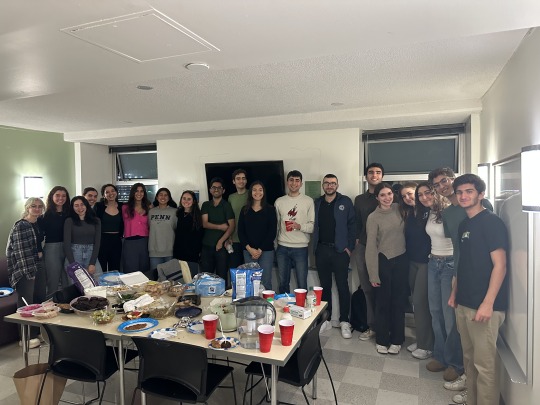
23 notes
·
View notes
Text

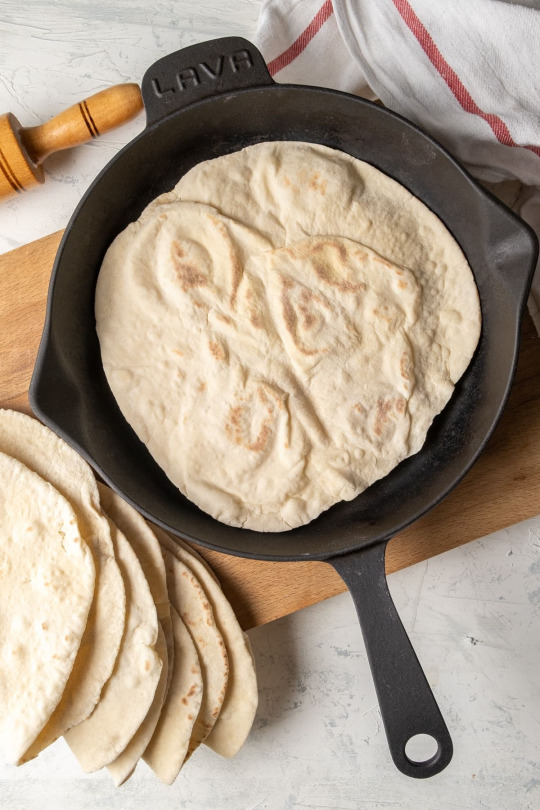
Lavash Flatbread / Lavaş (Vegan)
#vegan#appetizer#Persian cuisine#iranian cuisine#Turkish cuisine#armenian cuisine#Azerbaijani cuisine#middle eastern cuisine#transcaucasian cuisine#west asian cuisine#flatbread#lavash#yeast#sea salt
16 notes
·
View notes
Text
A few Christian depictions of a creature that reminds me somewhat of the Iranian or Persian Senmurv (Simurgh):
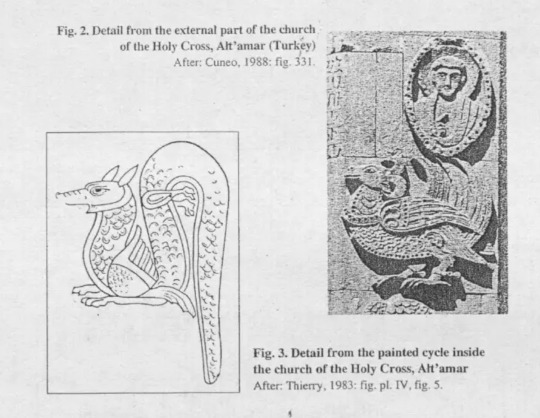
Fig. 2. Detail from the external party of the church of the Holy Cross, Alt’amar.
Fig. 3. Detail from the painted cycle inside the church of the Holy Cross, Alt’amar.
Dated to around the time of the Armenian kingdom of Vaspurakan (189 BCE–428 CE).
And here is some representations of the Simurgh (or ‘pseudo-Simurgh’):

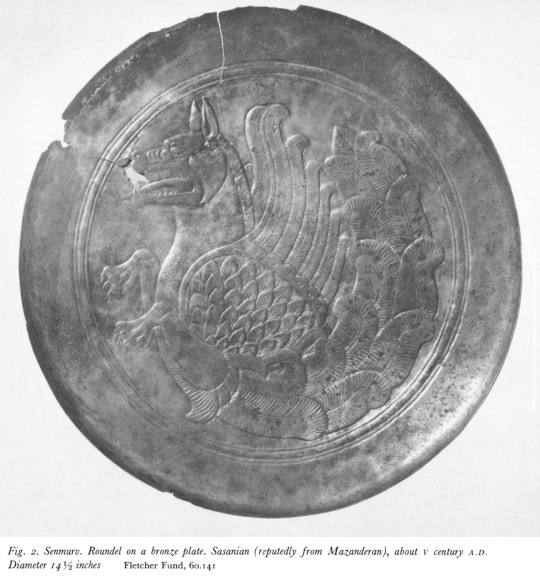
Image #1: Senmurv on a silver dish/plate, Sogdian/Sassanid, 7th century CE.
Image #2 (Fig. 2.): Senmurv, roundel on a bronze plate. Sassanid (from present day Mazanderan). From around the 5th century CE.
There is also something to be said concerning another mythoglical creature in Armenian mythology, a winged dog known as ‘arléz’ or ‘aralez’, who in chronicles by Movsēs Xorenac'i and others, has the power to heal wounds and resurrect the dead.
36 notes
·
View notes
Text
Famous Atheists
Ervand Abrahamian
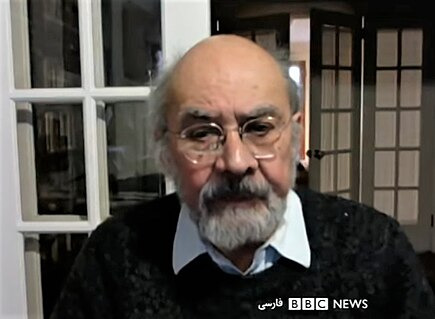
Iranian-Armenian historian of Iran.
He wrote in the preface of one of his books that, "as far as religious conviction is concerned, [I am] an agnostic on most days - on other days, an atheist."
#atheism#famous atheists#famous people#iranian atheists#armenian atheists#armenia#iran#religion#did you know
2 notes
·
View notes
Text

Ethnic map of Georgia. Original Post:
#georgia#georgian#armenia#armenian#greece#greek#abkhazia#abkhaz#iran#iranian#south ossetia#south ossetian#ossetian#adjara#adjaran#k'ut'aisi#t'bilisi#bat'umi#ts'khinvali
3 notes
·
View notes
Text
There is one thing I’ve been thinking a lot about lately. How continuously debating whether a certain ethnic group is “White or POC” leads inevitably to phrenology and raciology.
You have people taking this idea outside of the struggle for human rights as it exists in a very specific political context and they end up analysing people’s physical and cultural traits, trying to taxonomise them, trying to determine whether they are too much or not enough of a certain thing to be taken seriously. This is not something I’ve encountered in real life, and very rarely in the Spanish language online, and even then only by racists.
Where have I seen it? White supremacist forums when you try to Google a celebrity’s background and parts of “social justice” Tumblr.
#see: the shitshow that is the US racial classification system#that would put armenians as white#but iranians as asian
11 notes
·
View notes
Text
PLEASE tell me i'm not the only middle-eastern belchers truther
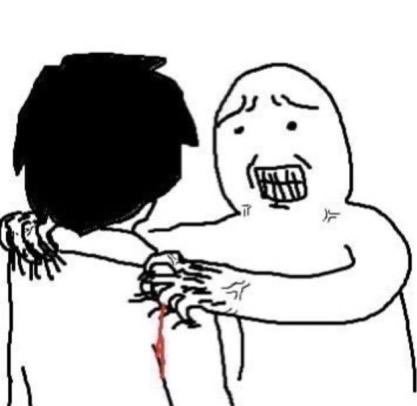
#please i need some ppl on my side here#i specifically hc them to be armenian iranian and israeli#linda's quarter-white (half greek half italian)#bob's burgers
7 notes
·
View notes
Text
I think some of the craziest hate I’ve gotten are Armenian nationalists trying to question my Armenianness because I have one non-Armenian parent (Spanish&Amazigh).
I’ve had to prove I speak Armenian— then get ridiculed by said nationalists because I “don’t speak proper Armenian”. The “proper Armenian” in question is Standardized Eastern Armenian. Despite the fact that most Armenians, over 90%, did not speak a dialect even near what is now the standardized Armenian.
It’s extremely sad that the same nationalists that will advocate for genocide recognition, will willfully contribute to the erasure of pre-genocide Armenian dialects that are ENDANGERED and rapidly dying.
I speak the dialect from Nakhchivan (now under Azerbaijani occupation— ironically they kept the Armenian name). My family was forcefully displaced by Shah Abbas in the 1600s— from this day forward our dialect has remained unchanged for 400 years.
Also adding onto the fact that most Armenians who have one none Armenian parent, also speak Armenian. My cousins are white and Armenian, and their white mother learned our village’s dialect. If it weren’t for her, I wouldn’t be fluent, because as she was learning Armenian, I was being taught alongside her. She speaks exactly as I do, and has tried to replace every loan word from Farsi, into Armenian for us. When someone asks what language she speaks she says “we are Armenian”. She calls herself Armenian and I will never deny her of that because she has preserved our heritage and dialect. She wouldn’t even let us speak English at home!
#armenia#armenian#armenian diaspora#west asia#indigenous languages#indigenous#armenian-iranian#armenian genocide
30 notes
·
View notes
Video
youtube
« Ayy Yorum Biyo » by the legendary Tajik singer Muboraksho.
In 2009 the Iranian group Kiosk covered this song in the Iranian dialect ( « Yarom Bia » ) with the help of the Sufi artist Mohsen Namjoo. The group preserved the Tajik origins of the song and paid tribute to Muboraksho by keeping the lyric « از بدخشانمه ... ( ...from Badakhshan ) » and featuring clips from Soviet director Sergei Parajanov’s 1969 film « The Colour of Pomegranates (Цвет граната) » in the music video.
#iran#tajikistan#tajik#farsi#persian#soviet#soviet film#sergei parajanov#iranian music#tajik music#world music#mohsen namjoo#kiosk#badakhshan#khorassan#armenian film#music video#sufi#sufi music#persian language
6 notes
·
View notes
Text



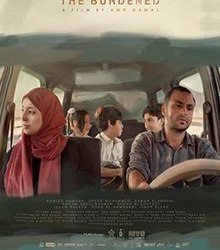






Some 2023 Films by SWANA Filmmakers
The Persian Version. Dir. Maryam Keshavarz (Iranian)
Totally Killer. Dir. Nahnatchka Khan (Iranian)
Bye Bye Tiberias. Dir. Lina Soualem (Palestinian)
The Burderned. Dir. Amr Gamal (Yemeni)
The Mother Of All Lies. Dir. Asmae El Moudir (Moroccan)
Leave The World Behind. Dir. Sam Esmail (Egyptian)
Amerikatsi. Dir. Michael A. Goorjian (Armenian)
Fremont. Dir. Babak Jalali (Iranian/Afghan)
Four Daughters. Dir. Kaouther Ben Hania (Tunisian)
Last Call For Istanbul. Dir. Gönenç Uyanık (Turkish)
#leave the world behind#totally killer#the persian version#fremont#film#bye bye tiberias#the burderned#the mother of all lies#last call for istanbul#four daughters#amerikatsi#iranian#palestinian#yemeni#turkish#tunisian#egyptian#moroccan#afghan#armenian
93 notes
·
View notes
Text

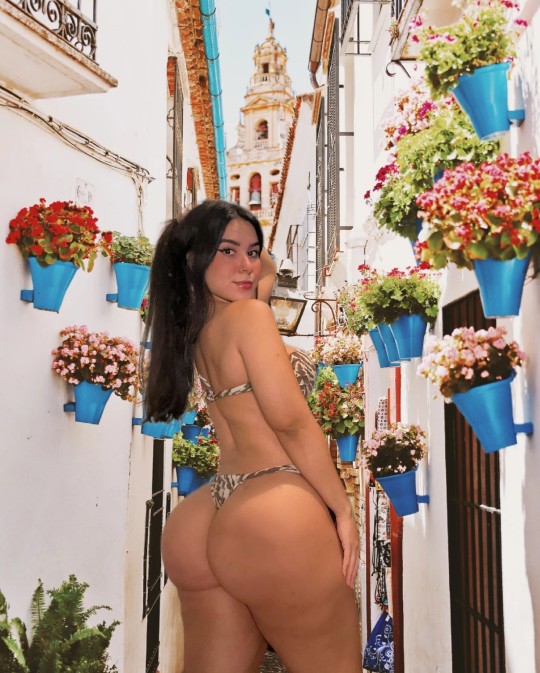

0 notes
Photo
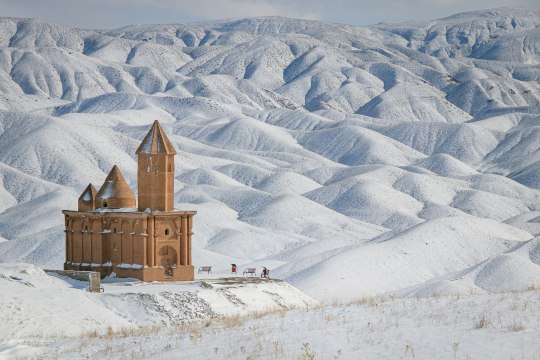
Saint John Church of Sohrol is a 5th- or 6th-century Armenian Catholic church in Sohrol, Shabestar, Iran, 2021 - by Farzin Izaddoust Dar, Iranian/Turkish
1K notes
·
View notes